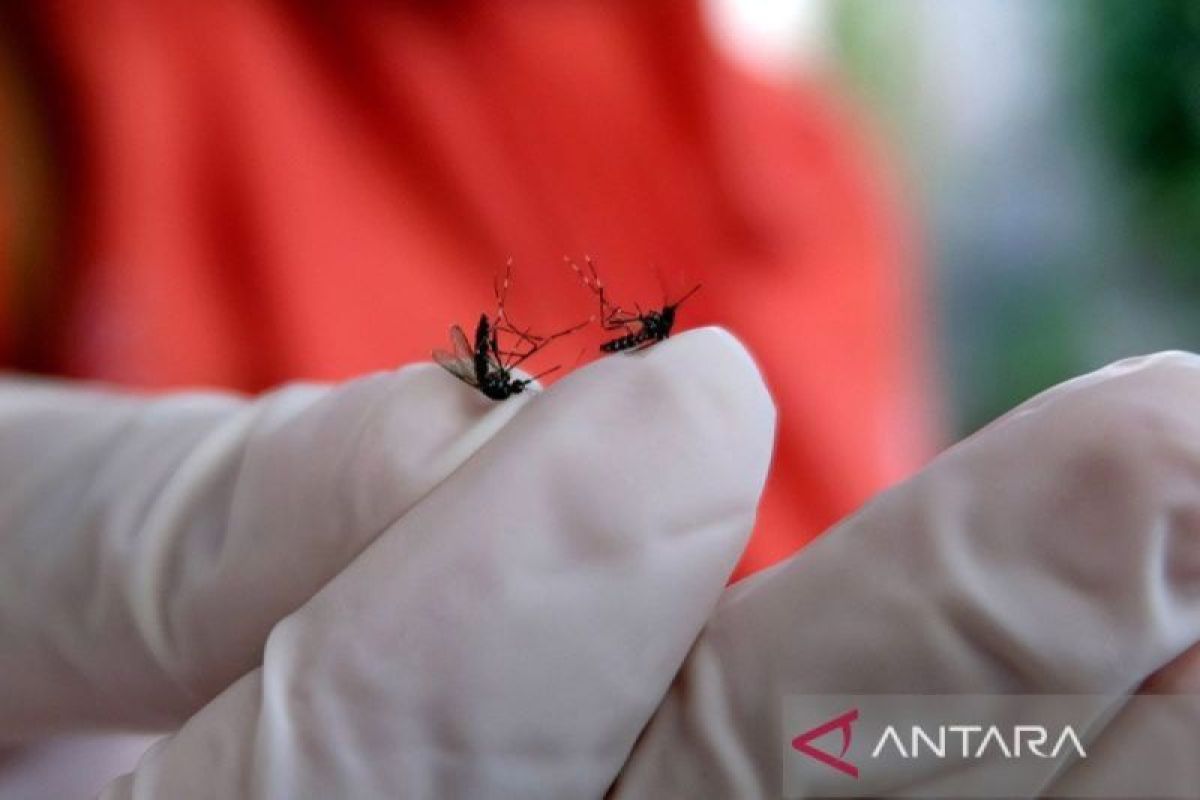
Dengue fever, also known as DBD, is a mosquito-borne viral infection that is common in tropical and subtropical regions around the world. In Indonesia, the main culprits for spreading the disease are the Aedes aegypti and Aedes albopictus mosquitoes. These two species are similar in appearance, but there are some key differences between them that make them distinct.
Aedes aegypti is the primary vector for transmitting dengue fever in urban areas. This species is known for its preference for human blood and its ability to breed in small, clean water sources such as flower pots, tires, and buckets. Aedes aegypti is well-adapted to urban environments and is often found in close proximity to human dwellings, making it a significant threat for disease transmission.
On the other hand, Aedes albopictus, also known as the Asian tiger mosquito, is a more versatile species that can adapt to a wider range of habitats. Unlike Aedes aegypti, Aedes albopictus is known to breed in both natural and artificial water sources, such as tree holes, bamboo stumps, and discarded containers. This species is more commonly found in rural and suburban areas, but it can also be present in urban environments.
While both Aedes aegypti and Aedes albopictus can transmit dengue fever, they have different behaviors and preferences that affect their role in disease transmission. Aedes aegypti is more closely associated with urban outbreaks of dengue fever, while Aedes albopictus is more likely to be involved in rural and forested transmission cycles. Understanding the differences between these two mosquito species is crucial for designing effective control measures to prevent the spread of dengue fever.
In conclusion, Aedes aegypti and Aedes albopictus are two mosquito species that play a significant role in the transmission of dengue fever in Indonesia. While they may look similar, their behaviors and preferences are distinct, affecting their ability to spread the disease. By understanding these differences, we can develop targeted strategies to control mosquito populations and reduce the incidence of dengue fever in the country.
